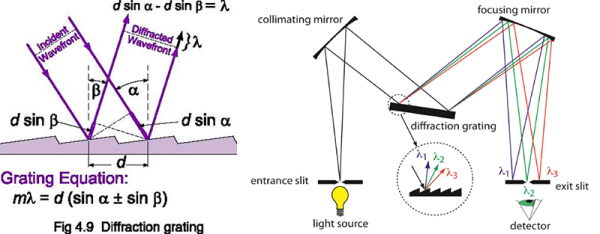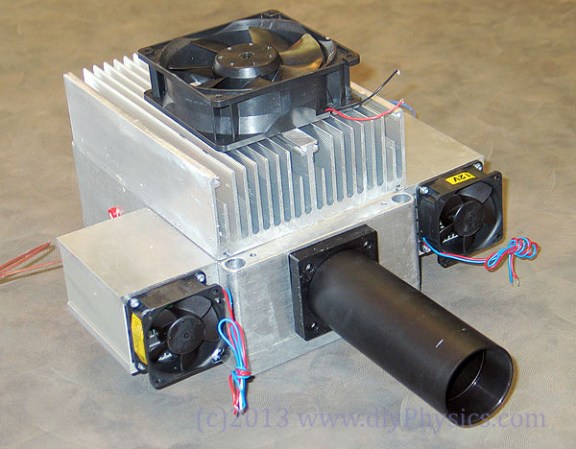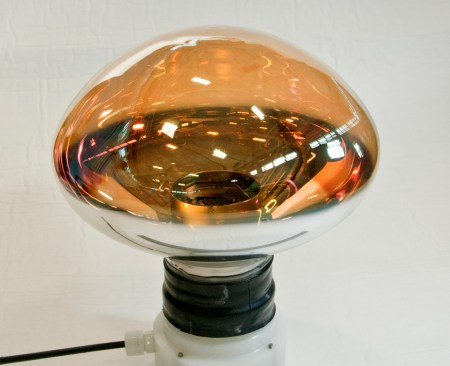If you need a specific wavelength of light for research purposes, the naïve way of obtaining that is a white source light, a prism, and a small slit that will move across your own personal Dark Side of the Moon album cover. This is actually a terrible idea; not only won’t you have a reference of exactly what wavelength of light you’re letting through the optical slit, the prism itself will absorb more of one wavelength of light than others.
The solution is a monochromator, a device that performs the same feat of research without all the drawbacks. [Shahriar] got his hands on an old manual monochromator and decided to turn it into a device that performs automatic scans.
The key of a monochromator is a diffraction grating, a mirrored surface with many fine parallel grooves arranged in a step pattern. Because of the surface of the diffraction grating, it’s possible to separate light according to its spectrum much like a prism. Unlike a prism, it’s effectively a first surface mirror meaning all wavelengths of light are reflected more or less equally.
By adding a stepper motor to the dial of his monochromator, [Shahriar] was able to automatically scan across the entire range of the device. Inside the monochromator is a photomultiplier tube that samples the incoming light and turns it into a voltage. By sampling this voltage and plotting it with MATLAB, [Shahriar] was able to plot the intensity of every wavelength of light within the range of the device. It’s all expertly explained in the video below.
Continue reading “Creating A Scanning Monochromator” →
















